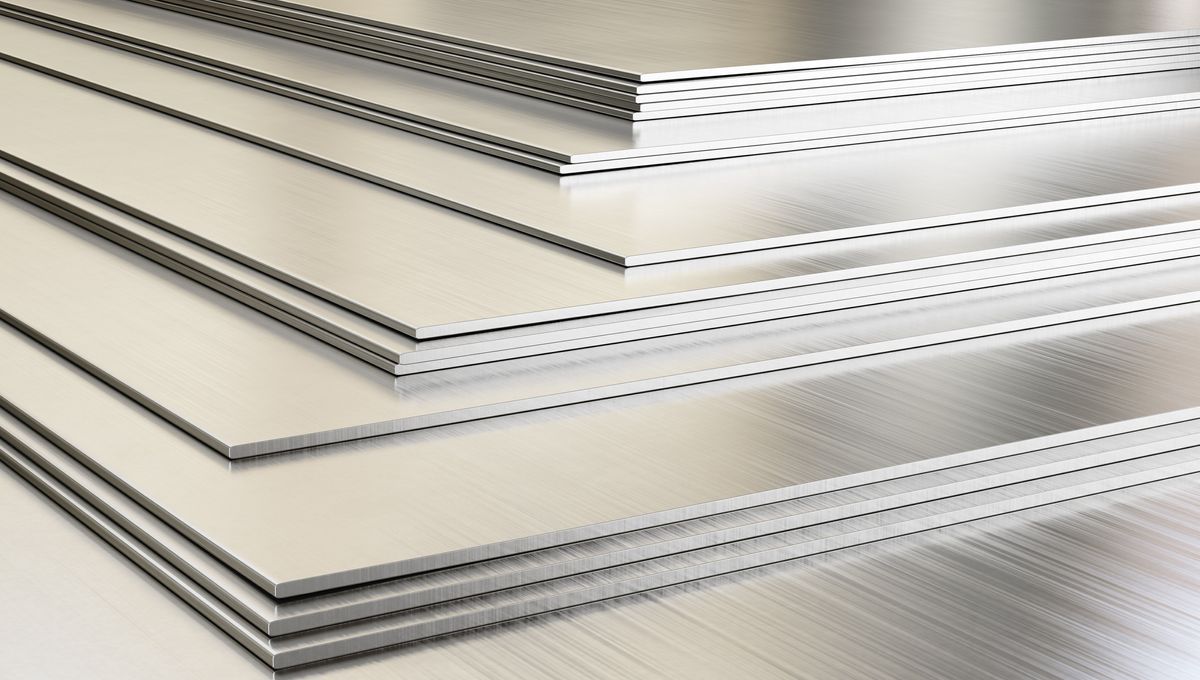
For millennia, humans have been able to manipulate metals. In modern times, we have learned ways to make them more resistant to environmental effects. One could assume that in the vacuum of space, metals would fare better without ways to rust or degrade, but there are other concerns in vacuum. Concerns that can have very serious consequences for space missions.
It is useful to join metals together. Ever since there have been metals used by humans, we have joined them by welding. The process requires hot temperatures, melting one or both metals, fusing them together, and letting them cool. There are of course other methods now to weld metals together. Chemicals, pressure, and more molecular approaches can deliver the union between the metals in question. But there is also an approach that can happen in the vacuum of space. And that is cold welding.
In cold welding, as the term implies, you don’t need to fuse metals together to join them. But as processes go, there are some requirements. The metals need to be of the same type. They need to be clean, flat, and in vacuum. As the metals approach, the Van der Waals forces between the atoms become stronger. These forces are not as strong as a chemical bond, but can help in getting the metals close together.
Once the surfaces are in contact, the system welds together. Take, for example, two gold plates. They are put together in vacuum, with nothing in between. The gold atoms on the surface of one will touch the gold atoms on the other. Those atoms will feel the interactions with the other plate as they feel the interactions with the gold atoms deeper in their “own” plate. They can’t distinguish between plate one or two, and so they join in a metallic bond.
In many cases, at the macro scale, you can’t simply make metals touch and voila, cold-welded. Reality is muckier and more difficult than theory. You need specific pressures to make the cold welding happen. But at nanoscales, you can make some pretty consistent welding of gold nanowires that are nearly perfect – you can hardly believe they used to be different pieces of the same metal.
But we should not assume that just because macroscopic cold welding is difficult it doesn’t happen or can’t happen in real life scenarios. A manual from the European Space Agency actually reports a fairly major case.
The Galileo spacecraft that visited the Jupiter mission in the 90s failed to deploy its high-gain antenna because of cold welding. Fretting between the ribs of the antenna, which were locked during launch, led to them welding together. The mission had another antenna with lower speed so it was all good but it could have meant the end of what would be a crucial mission to explore the Solar System.
Source Link: Something Very Weird Happens To Metal In Space